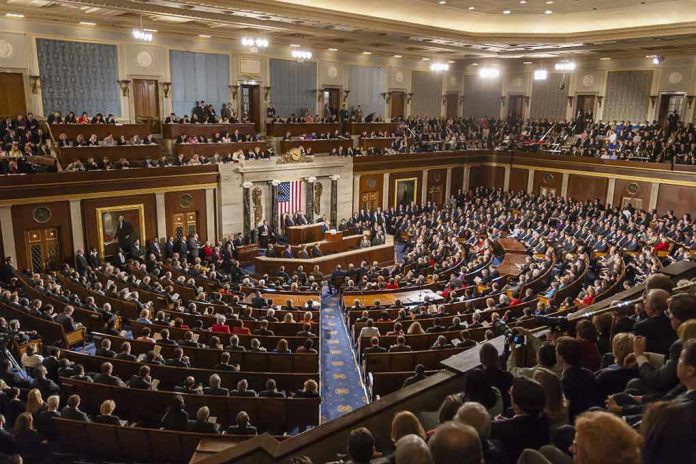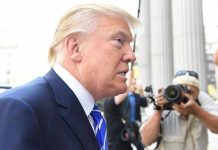
The Oversight Committee’s bombshell report exposes how Biden’s secretive reliance on an autopen for executive orders signaled not just his decline, but a direct threat to the very legitimacy and transparency of presidential power.
Story Snapshot
- The House Oversight Committee alleges President Biden used an autopen to sign critical executive actions amid mounting concerns over his health.
- Key White House staff and Biden’s physician were deposed about his capacity and the frequency of autopen use in 2025.
- The report raises constitutional questions about the authenticity and legality of executive acts not personally signed by the President.
- Calls grow for reforms and clearer protocols around presidential incapacity and signature authority, echoing deep public frustration with past lack of transparency.
Oversight Committee Uncovers Autopen Use as Symbol of White House Secrecy
In late October 2025, the House Committee on Oversight and Government Reform published a scathing report alleging that President Joe Biden increasingly relied on an autopen—a device that replicates a signature—when executing official documents. The Committee’s findings, based on depositions of senior staff and Biden’s physician, suggest that this practice was symptomatic of deeper issues: declining presidential health and a lack of forthrightness with the American people about who was truly in charge of the nation’s highest office.
The report frames autopen use not as a minor procedural detail but as a red flag for executive legitimacy. By allowing a machine to sign significant executive actions, the administration circumvented the personal involvement the Constitution seems to require for critical decisions. Senior staff, including Annie Tomasini and Dr. Kevin O’Connor, were questioned about when and why the autopen was used, with their testimony fueling further suspicion and frustration among lawmakers and the public alike.
Executive Authority and Constitutional Concerns Take Center Stage
The use of the autopen by past presidents was generally limited to routine paperwork, but its deployment for major executive orders under Biden reignited fierce constitutional debate. Critics on the Committee argue that bypassing a personal signature undermines the intent of the Founders, raising questions about the legality and authenticity of such acts. Legal scholars are divided: some say presidential authorization is enough, while others warn that such practices erode the principles of direct executive accountability and open the door to abuse or manipulation within the highest levels of government.
Supporters of Biden have pointed to precedent, citing previous administrations’ limited autopen use and defending the legality of the process for routine matters. Yet, the Committee’s report contends that the scale and context of autopen use in 2025 were unprecedented, and that the lack of transparency surrounding the President’s cognitive and physical health only deepened public mistrust. The controversy has reignited calls for Congress to clarify the rules of executive authority, especially when presidential incapacity is suspected or concealed.
Partisan Divide and Public Trust in Government Transparency
This controversy has deepened partisan rifts, with Republicans on the Oversight Committee demanding greater accountability, transparency, and legislative reform. They argue that Americans deserve to know when the President is unable to fulfill his constitutional duties, and that mechanisms like the 25th Amendment must be applied consistently and transparently. Democrats, on the other hand, have largely defended the former administration’s actions, framing the investigation as politically motivated.
The revelations have fueled broader discussions about the role of technology in government and the potential dangers posed by any administration—past, present, or future—that seeks to obscure the true state of executive leadership. The American public, already frustrated with years of government overreach and lack of candor, is left questioning the legitimacy of policies and orders issued without clear evidence of the President’s direct involvement.
Ongoing Investigation and Potential for Reform
The Oversight Committee’s work is ongoing, with further hearings and document reviews planned. Lawmakers have called for independent medical evaluations for future presidents and clearer standards for when and how the autopen, or any signature surrogate, can be used. The case has become a rallying point for those concerned about constitutional integrity, reminding Americans of the need for vigilance and real transparency in our government’s highest office.
While the White House has defended the legality of autopen use, the lack of independent verification of the President’s health remains a sticking point for critics. The debate exposes deep-seated anxieties about executive overreach, government secrecy, and the erosion of core constitutional protections—issues that continue to resonate with Americans who demand honesty, accountability, and a return to traditional values in their leadership.
Sources:
House Oversight and Government Reform Recorded Stream (depositions and hearings)







